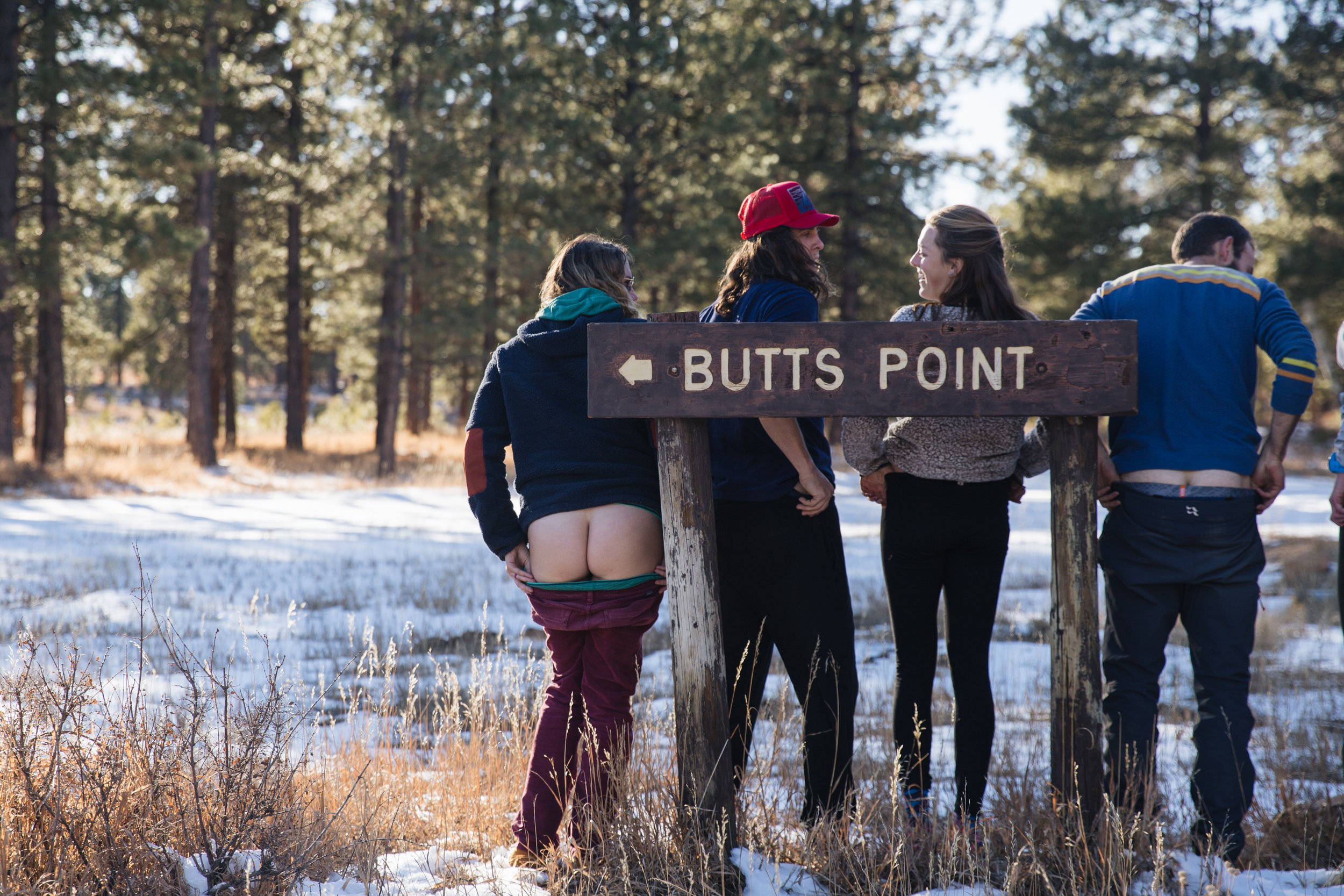Deep Roots
Stay Wild
The past and present come together to forge the future.
Story and photos by Sera Lindsey // @portablesera
On the Big Island of Hawai’i at the peak of Mauna Kea, a woman lives. She tends to her home peacefully, unless disturbed. Sleeping with one eye open, she sees the blessings and injustices alike that are rendered to her land. A goddess of the fire, the wind, of lightning, and of dance, she is a daughter of the earth, and an eternal witness. She will defend it as she always has. Her name is Pele, Ka wahine `ai honua, “Woman who Devours the Land.”
Legend says that when Pele arrived to Hawai’i on her canoe, she became entangled in the many strong roots of the Hala tree. In anger and frustration, she tore them from the ground and tossed them far and wide. Each piece rooted itself throughout the islands. Hala has been honored as one of the most important parts of Hawaiian ecology, gifting the people with fruit to eat, branches to build with, and draping lau. The lauhala (leaves of the hala tree) are long enough to weave canoe sails and malleable enough to wear.
Women have worked with Hala for countless generations. In the practice of lauhala weaving, they touch down to the first place Pele encountered when meeting her new home. In honoring this tradition, the weavers root themselves with ancestors, and with the spirit of the land itself.
These are craftspeople working within a lineage that has existed for thousands of years. Yet today, fewer than 10 percent of Hawaiian families now practice lauhala weaving, and many of the techniques and designs have been forever lost to time. Master weavers crafted their own braiding and knots, distinguishing themselves and their families—simultaneously honoring one another while also standing independent in their craft.
The women of Hilo-based shop Hana Hou have been doing their part in holding the heartbeat of this tradition, practicing and preserving it by offering lauhala workshops, woven lauhala hats, bangles, bags and earrings. For over 25 years, Michele Zane-Faridi and her daughter Shadi Faridi have worked together to keep their business thriving, as well as the culture that serves as its foundation.
Beyond lauhala, they also provide formal pieces made from momi and kahelelani shells, some of the most valuable shells in the world, sizing somewhere between a grain of rice to a watermelon seed. These are harvested from Ni’ihau (known as The Forbidden Island, as it is not open to visitors), and are protected by law, keeping the ecology and authenticity intact. These lei pūpū ‘o Ni’ihau (traditional shell-crafted lei from Ni’ihau) are painstakingly made. From harvesting to threading, they must be handled with the most precise touch, as one mistake could cost a shell, or an entire lei. Traditionally made for royalty, these are now reserved for wear during weddings or other special occasions. The cost of each piece reflects the great effort made in their creation, often selling for over $5000.
I asked Shadi of Hana Hou why they decided on this particular phrase as the name of their shop, she said, “It means ‘one more time,’ or ‘so good you want to do it again.’ Starting out as a vintage Hawaiian collectibles shop, we focused on our favorite Hawaiian clothing, home goods, and crafts. The design and quality were so good that we needed to give it another run, another life. Often heard at the end of concerts, or events, the crowd can be heard screaming HANAHOU! HANAHOU! confirming that the music, the art, the mana, is so good, that it must be called out, once again.”
From the selection of vintage they carry—ultra-rare Hawaiian shirts, elegantly draping kimono, or the magnificent woven Hala pieces — all are recognizable cross sections of various cultures that now make Hawai’i what it is today. Echoes of times past, and times to come.
The Big Island of Hawai’i is dormant and active all at once. It expresses a fierce energy that cannot be contained, but rather beckons for respectful collaboration. It teaches us that what we give is what we get. Aloha ʻĀina “love of the land,” is a central part of the way of life in Hawai’i. There is an understanding that what you give to the land, you give to yourself, your home, and all that live upon it as well.
Just as the roots of the Hala tree reach from island to island, the old teachings trace the same path. In working with the land, you honor the land. You honor ancestors. To teach those today breathes life into the future of this craft, and ensures a new generation of understanding and stewardship. With one eye open, Pele smiles.
Models Lauren Kapono, Shadi Faridi, Talace Pai // Clothing, Bags, and Accessories Hana Hou // Hilo, HI // hanahouhilo.com // Kimonos KD’s Gifts & Craft // Hilo, HI























